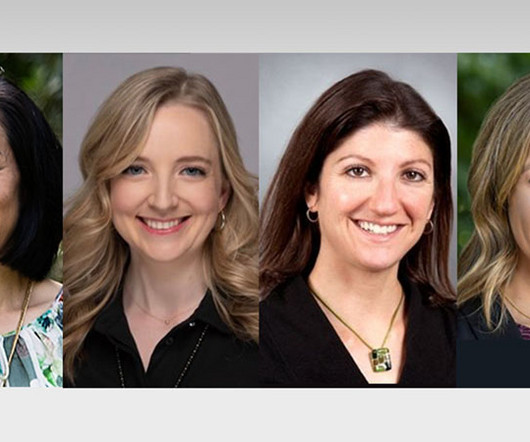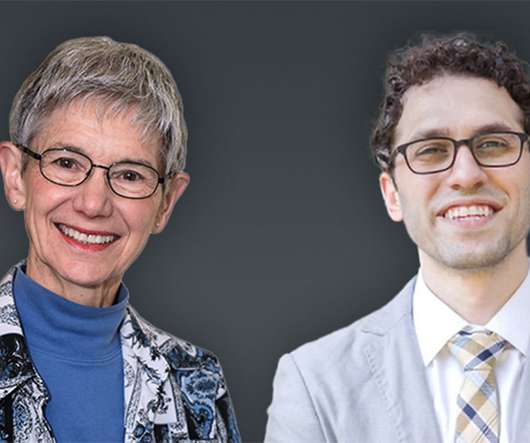Optimizing participation in the OECD PaRIS Project: Lessons learned in Saskatchewan [Survey research or cross-sectional study]
Annals of Family Medicine
NOVEMBER 20, 2024
Population Studied: Eligibility criteria involved PCPs (family physicians and/or nurse practitioners) who facilitated a panel of patients; and PWLE who were 45 years of age or older, with or without a chronic condition, and who had documented appointments with an eligible PCP in the past six months.











Let's personalize your content